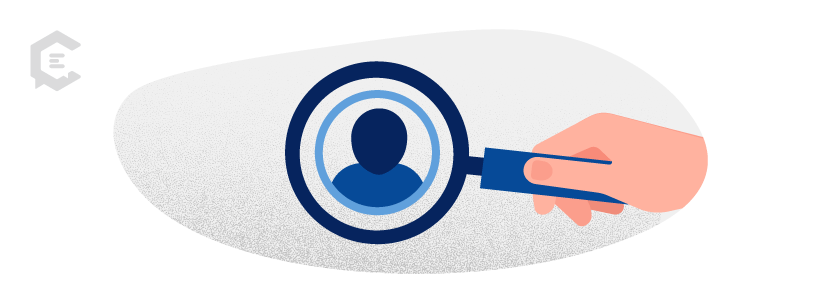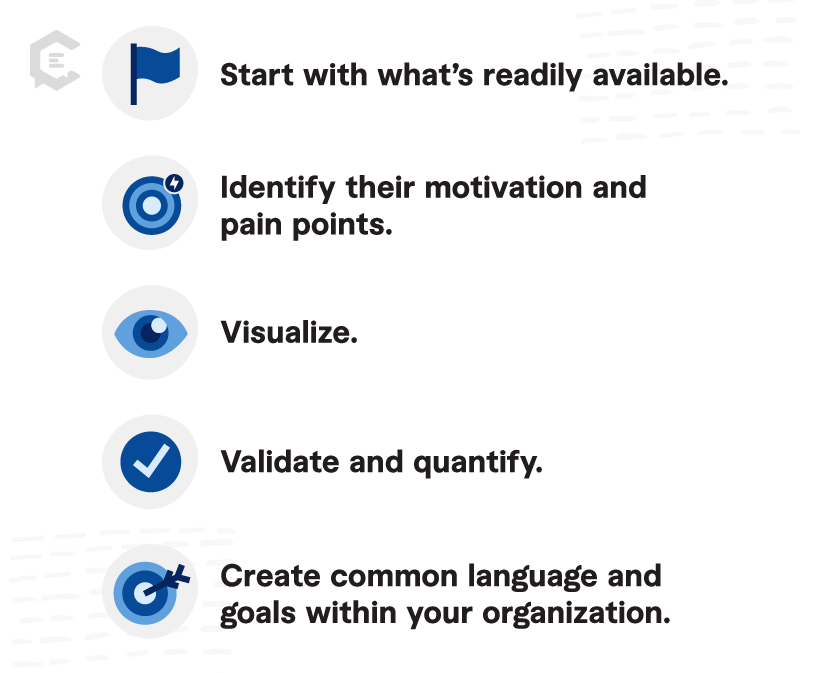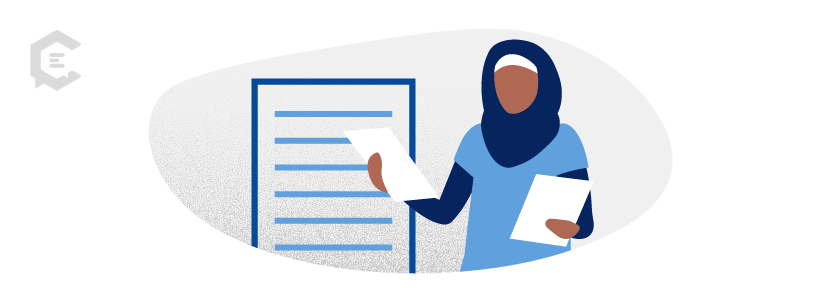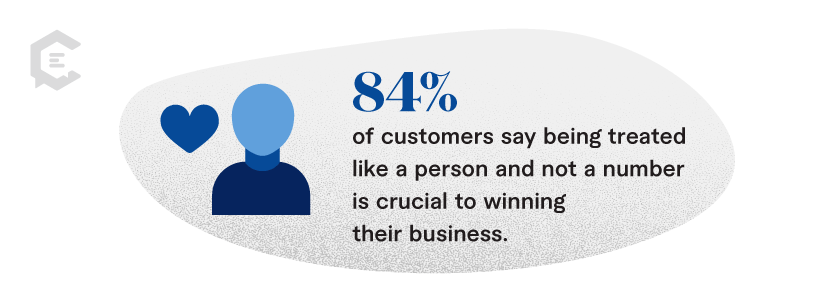What is a target audience?
As much as we’d all love to believe otherwise, no product or service is truly right for everyone. And even though there may be products or services that can (and do!) benefit nearly everyone, certain demographics are much more likely to purchase than others. A target audience is a group (or groups) of people for whom your product or service is designed and to whom your marketing is directed.

Why is having a target audience important?
Not having a target audience means your sales and marketing strategy is simply throwing spaghetti at the wall and hoping something sticks. If you don’t have a target audience, you’ll have no way of knowing how effective your sales and marketing efforts are because you could be marketing your product or service to the wrong people!
Unless you’ve got an unlimited marketing budget (wouldn’t that be the dream?), the powers that be will want to know that your marketing dollars are being spent wisely.
Understanding your target audience helps ensure your marketing budget is used effectively and efficiently while building relationships with the folks you hope to convert over time.
Because personalized marketing is a must, it’s a fact that people don’t want to be sold to. Your audience wants to feel like they have a relationship with you. Nothing’s a bigger audience turn-off than receiving generic, impersonal sales messages. Crafting marketing campaigns designed around your target audience helps deliver personalized marketing to build those relationships with your audience.

Determining Your Target Audience
Research, research, research. A certain amount of this information will likely come to you from your product team, and some may already exist if you’re an established brand. But when it comes to your target audience, there’s no such thing as too much information. You should be able to describe – in detail – specific members of your target audience that you’ll segment your marketing around.
These specific members of your target audience are called “buyer personas,” they help you understand where exactly you can reach your customers and what messages will resonate most clearly.

Here are some best practices for researching and crafting your audience personas:
- Start with what’s readily available. Talk to your salespeople about whom they’re engaging with on their calls. Expand your research by looking at behavioral data, digital data (analytics), attitudinal data, and demographics data.
- Identify their motivation and pain points. Why does your target audience need your product or service?
- Visualize. Who are the individual people you’re creating content for? What do they do for a living? Where do they live? And so on.
- Validate and quantify. Conduct surveys and focus groups, and consider using AI-powered tools to confirm the research you’ve conducted.
- Create common language and goals within your organization. Share your personas with your sales team to help them imagine the actual humans they’re looking to reach with their pitch.

How to Speak to Your Target Audience
Through content personalization. Assuming you’ve already done the work to identify your brand voice and tone, you’ll want to take this one step further and determine how your brand speaks to your target audience – specifically, your buyer personas.

A recent Salesforce study showed that 84 percent of customers say being treated like a person and not a number is crucial to winning their business. Not only that:
- 89 percent of marketers see a positive ROI when they use content personalization
- Companies can generate 40 percent more revenue from personalization
- 76 percent of consumers are more likely to purchase if your messaging is personalized
Those are some pretty tough-to-ignore statistics. But what does content personalization actually mean?
You’ll start by segmenting your audience. You’ve done some of this already by establishing buyer personas, but content personalization can also include:
- Behavioral segmentation (buyer behavior, decision-making priorities, etc.)
- Personal communication preferences
- Stage of the buyer’s journey
- Individualization (using a customer’s name, cart abandonment responses, etc.)
Get Started Creating Content for Your Target Audience
You’ve come to the right place! Creating content for your target audience is so essential for your business that we’ve made it our business. When you work with ClearVoice as your managed content solution, our content strategists will establish a clear understanding of your target audience – including your buyer personas – so that they can pair you with the vetted freelancers in our Talent Network that will deliver on-brand, publish-ready content every time… just as if you’re in-house team had created it themselves!
Speak with an expert content strategist today and be one step closer to reaching your target audience with great content!



